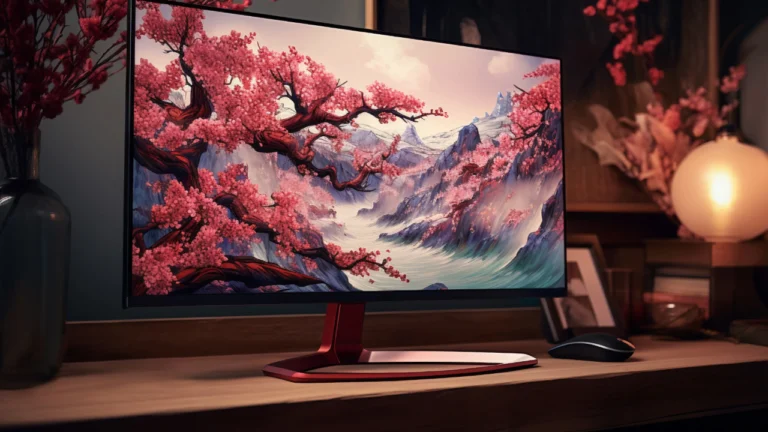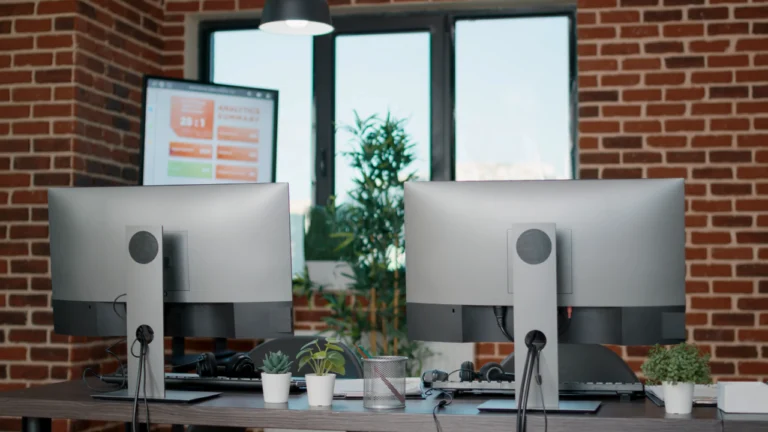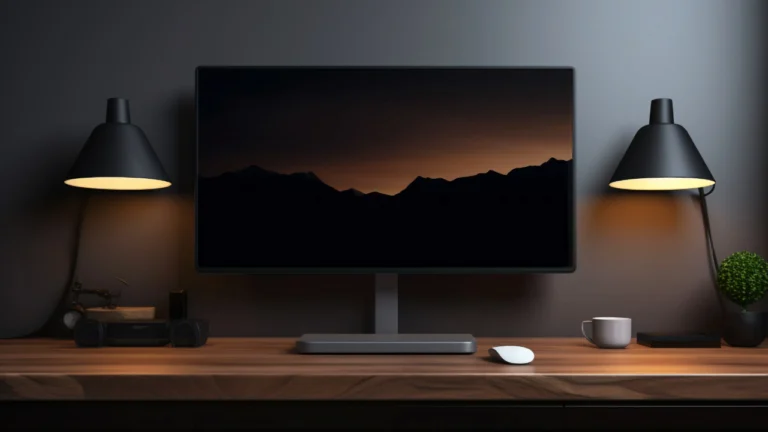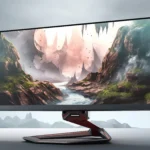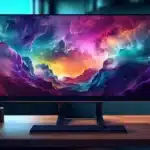What Size Monitor for Day Trading?
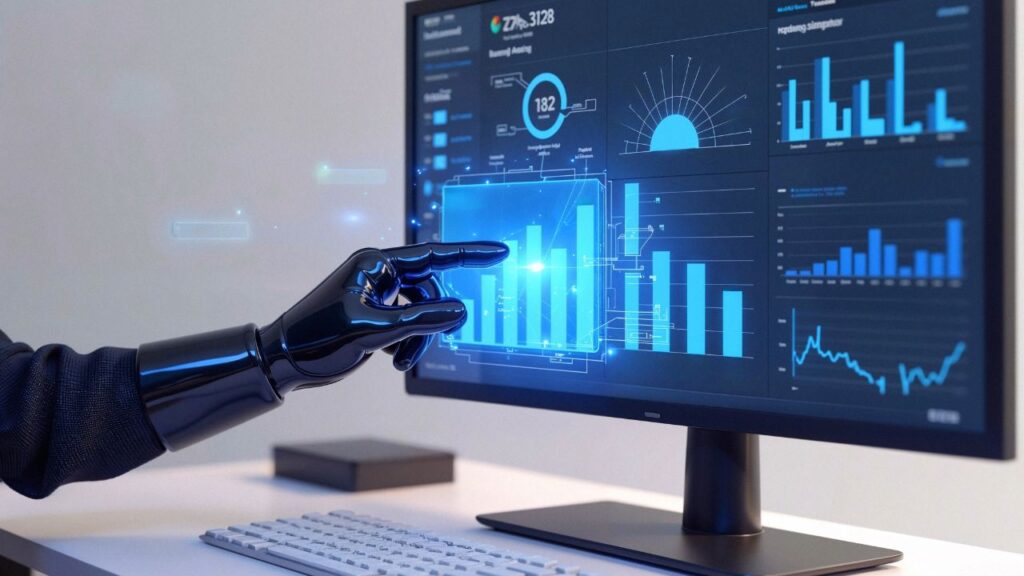
When it comes to day trading, having the right monitor size can significantly impact efficiency, accuracy, and overall performance. A well-chosen monitor setup can provide a clear view of charts, trading platforms, and news feeds without excessive eye strain or screen clutter. The ideal monitor size for day trading depends on factors such as resolution, workspace setup, and personal preference. In this article, we will explore the best monitor sizes for day traders and the key considerations when selecting one.
Why Monitor Size Matters in Day Trading
Day trading requires analyzing multiple charts, price movements, and indicators in real-time. A properly sized monitor ensures that traders can comfortably view all relevant information without unnecessary scrolling or switching between tabs. Here’s why monitor size matters:
Better Visibility: Larger screens allow for better visualization of price action, technical indicators, and trading platforms.
Increased Productivity: More screen real estate reduces the need to toggle between windows, allowing traders to monitor multiple assets simultaneously.
Reduced Eye Strain: A well-sized screen with the right resolution minimizes eye fatigue, which is crucial for long trading sessions.
Improved Accuracy: Having a clear and detailed display helps traders make more informed decisions based on real-time data.
Recommended Monitor Sizes for Day Trading
24-Inch Monitors
A 24-inch monitor is the minimum size recommended for day trading. It offers a compact yet functional display for traders with limited desk space. However, with a resolution of 1080p, it may not be sufficient for traders who need to monitor multiple charts and indicators simultaneously.
Pros:
Budget-friendly
Fits in small workspaces
Decent display for beginners
Cons:
Limited screen real estate
Requires frequent tab switching
27-Inch Monitors
A 27-inch monitor is a popular choice among day traders. It provides a good balance between screen size and desk space without being overwhelmingly large. With a resolution of 1440p (Quad HD), traders get better clarity and detail compared to 24-inch 1080p screens.
Pros:
Increased screen space for charts and platforms
Higher resolution enhances clarity
More efficient than multiple small monitors
Cons:
Requires a larger desk setup
More expensive than 24-inch models
32-Inch Monitors
A 32-inch monitor is ideal for traders who need extra workspace. It allows for better multitasking, as multiple windows can be opened side by side without overlap. A resolution of 4K is recommended for this size to maintain sharpness and prevent pixelation.
Pros:
Excellent screen space for multitasking
High resolution enhances detail visibility
Reduces the need for multiple monitors
Cons:
Can be too large for small desks
More expensive than smaller monitors
Requires a powerful graphics card for optimal performance
Ultra-Wide Monitors for Day Trading
Ultra-wide monitors, typically ranging from 34 to 49 inches, offer an immersive trading experience by eliminating bezels between multiple monitors. These monitors provide an extensive horizontal workspace, making it easier to track multiple stocks and indicators without needing multiple screens.
Pros:
Seamless workflow with a single screen
More organized workspace
Ideal for multi-chart analysis
Cons:
Higher cost
Requires ample desk space
May not be necessary for all traders
Key Considerations When Choosing a Trading Monitor
When selecting the right monitor for day trading, consider the following factors:
Resolution: A higher resolution (1440p or 4K) ensures clearer details, reducing eye strain and improving precision.
Refresh Rate: A refresh rate of at least 60Hz is standard, but 120Hz or higher can provide smoother visuals for fast market movements.
Connectivity: Ensure the monitor has multiple input ports (HDMI, DisplayPort, USB-C) to connect with your trading setup.
Ergonomics: Adjustable stands and VESA mounting options enhance comfort and reduce neck strain.
Multi-Monitor Compatibility: If you prefer multiple monitors, ensure your graphics card and trading platform support multi-screen setups.
Final Thoughts
Choosing the right monitor size for day trading depends on your trading style, workspace, and budget. While 27-inch and 32-inch monitors with high resolution are generally the best choices, ultra-wide monitors can be a game-changer for those looking for a seamless experience. Investing in a high-quality trading monitor enhances efficiency and helps traders stay focused throughout the trading day.
For an in-depth guide on the best trading monitors, check out this article.

